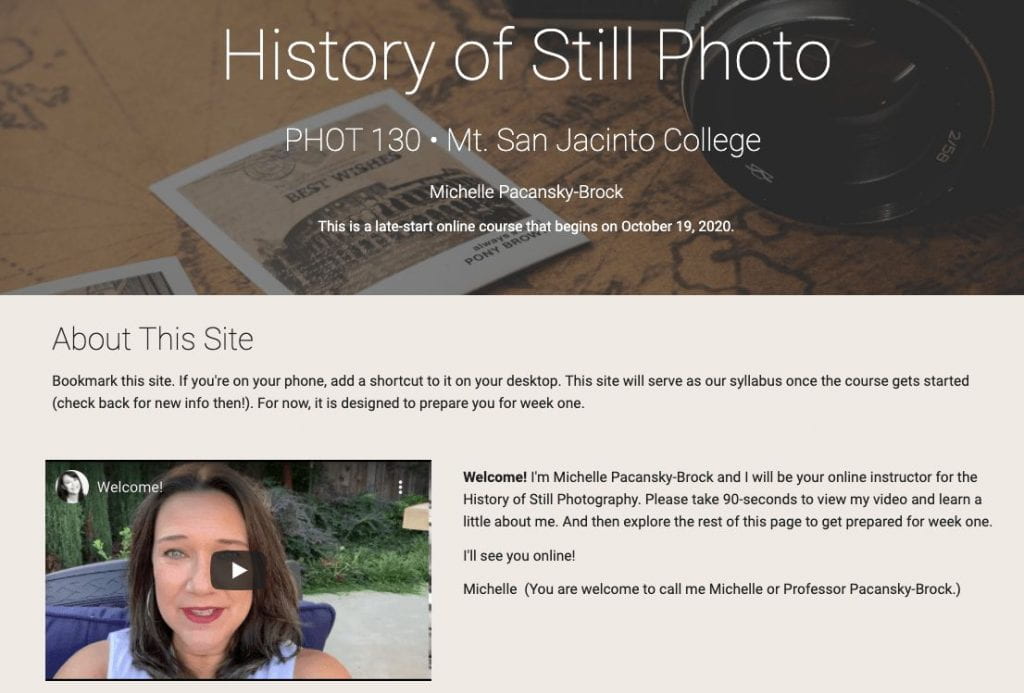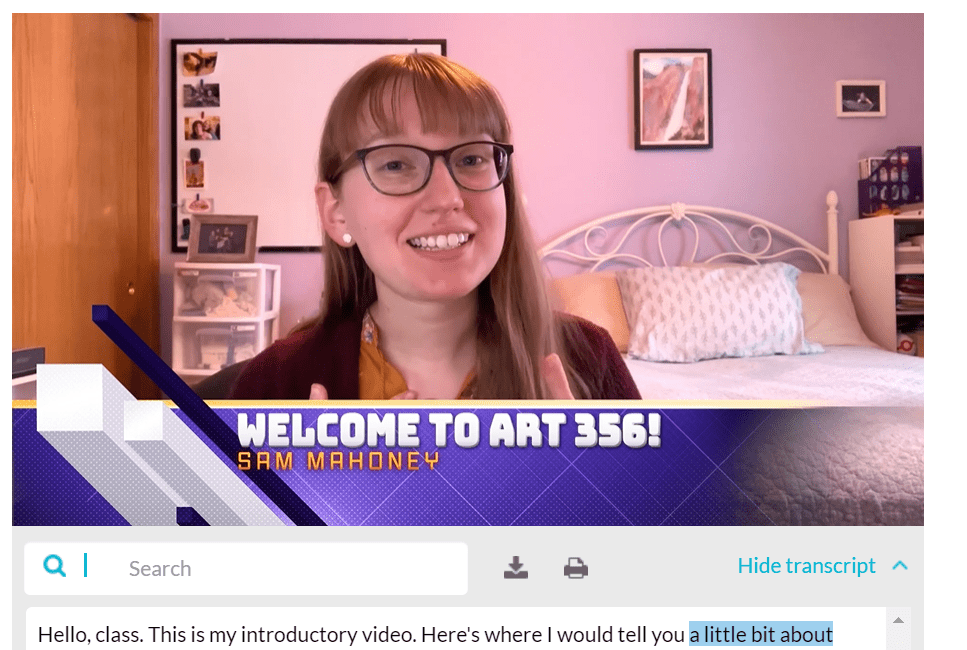Article by Amy J. Kabrhel, Ph.D., Associate Professor of Chemistry & 2022-23 Instructional Development Consultant
For years I have seen students enter my courses on the first day of classes eager to engage with the course material who then slowly stop doing the homework but still perform well on the exams. I wondered if this was due to exhaustion, being overwhelmed with other demands on their time, or, frankly, just laziness. On the flip side, I have had students who rock it on the homework and fumble on the exams. I know they have learned the material being assessed but their ability to show me what they have learned via my exams is hindered. There are several reasons for this (undiagnosed learning disability, test anxiety, lack of sleep, etc.), but after 16 years of teaching in higher education, I have finally decided to make my course grading scheme more equitable for the wide variety of students I see in my courses. In Fall of 2022, I implemented a negotiable grading scheme in my CHEM 211 (Principles of Chemistry I) course as detailed below.
| #1-Consistency Commander | #2-Exam Rockstar | #3-Quiz Master | #4-Final Boss | |
|---|---|---|---|---|
| Exams (4): | 40% (10% each) | 56% (14% each) | 24% (6% each) | 40% (10% each) |
| Final Exam: | 15%
(equiv. to 1.5 exams) |
21%
(equiv. to 1.5 exams) |
9%
(equiv. to 1.5 exams) |
25%
(equiv. to 2.5 exams) |
| Online Homework
(42-lowest 2 dropped): |
20%
(0.5% each) |
5%
(0.125% each) |
40%
(1% each) |
15%
(0.375% each) |
| Pre-Lecture Quizzes
(37-lowest 7 dropped): |
10%
(~0.33% each) |
3%
(0.1% each) |
12%
(0.4% each) |
5%
(~0.17% each) |
| Discussion (4 graded): | 5% (1.25% per graded week) | |||
| Project: | 10% | |||
#1–Consistency Commander: Tends to maintain consistent and successful study/learning strategies across the semester, appreciates the use of homework and quizzes to regularly check in and keep motivation up.
#2–Exam Rockstar: Prefers to spend time studying for exams, does not place a high priority on weekly check-in assessments (homework and quizzes).
#3–Quiz Master: Places a high priority on weekly check-in assessments (homework and quizzes) to regularly keep up with the material, places a lower priority on exams.
#4–Final Boss: Prefers synthesizing knowledge across the term and proving their knowledge acquisition at the end of the semester on the cumulative Final Exam, places a lower priority on weekly check-in assessments.
In this negotiable grading system, students select the grading scheme that best matches their abilities, learning preferences, time constraints, and anxieties. On the first day of classes last fall, I introduced these grading schemes, described each in a bit more detail, and then asked each student to fill out a small sheet of scratch paper with their name and their preferred grading scheme. I made it clear that they were not locked into this scheme on Day 1 but that by reflecting on their choice at the beginning of the semester, they knew where to focus their efforts. After Exam 2 (approximately halfway through the semester), we revisited the grading schemes, and students locked in their scheme for the semester.
On Day 1, half of my students picked #1-Consistency Commander and the other half picked #3-Quiz Master. This did not surprise me since a large number of students have some form of test anxiety. However, after seeing their exam scores on Exams 1 & 2, which were quite good this fall, and seeing how a few of them had started not completing the homework and pre-lecture quizzes on time, a few students switched to #2-Exam Rockstar. After the Final Exam, I calculated each student’s final course grade in each grading scheme (easily done via Excel) and found that most students had picked the scheme that best matched their skills and learning preferences. A few, however, had a higher grade in a scheme different than the one they had selected. I discussed this with them (via email or in person) to help them reflect on their metacognition and to help them get a better sense of their strengths (and weaknesses) as a college student. They were very appreciative of this, and I believe this will help them realize where they may need to focus more of their attention in courses that do not use negotiable grading schemes.
This spring semester, I am using a similar negotiable grading scheme in my CHEM 212 (Principles of Chemistry II) course. Most of my CHEM 212 students took CHEM 211 with me last fall, so they were anticipating this grading system, and when I introduced it on Day 1, they were very thankful. Many of them stated that they wished more of their professors used this system, which is what prompted me to write this blog post. I think negotiable grading schemes are a wonderful way to make your course more accessible and equitable to our students who come from varying backgrounds with unique skill sets that speak to some assessment types more so than others. In addition, negotiable grading schemes give students agency in your course and a feeling that they have more control over their course grades. They can more easily balance their workload and put their efforts into the assessments that matter most to them. As you can see from my schemes presented above, all assignments are still included in each overall scheme; it is their weight that changes. In some cases (e.g., Discussion and Project for my course), the assessment is too important for it to have varying weight from scheme to scheme. This can express to students the value of certain assessments.
One minor drawback is that Canvas can only show one grading scheme. I chose #1-Consistency Commander for the scheme I put in my CHEM 211 Canvas page. This means students who chose a different grading scheme had to see me (or email me) to know what their current grade was on their chosen scheme. Thankfully, if you keep your Excel grade book up to date, this is not too difficult to communicate to those students.
Overall, I found this method of grading liberating for students and wonderful for student-instructor rapport. As mentioned, I am using this method in Spring 2023, and I plan to continue using this method in most of my courses from now on. If you have any questions for me about negotiable grading scheme, I would be more than happy to chat with you about them.


 Kris Vespia is a Professor of Psychology and the Interim Director of CATL for 2021-22. She has published in the areas of mental health services on college campuses, cultural diversity and mental health, and career development. She is also interested in the mental health literacy of college students and the general public.
Kris Vespia is a Professor of Psychology and the Interim Director of CATL for 2021-22. She has published in the areas of mental health services on college campuses, cultural diversity and mental health, and career development. She is also interested in the mental health literacy of college students and the general public.

